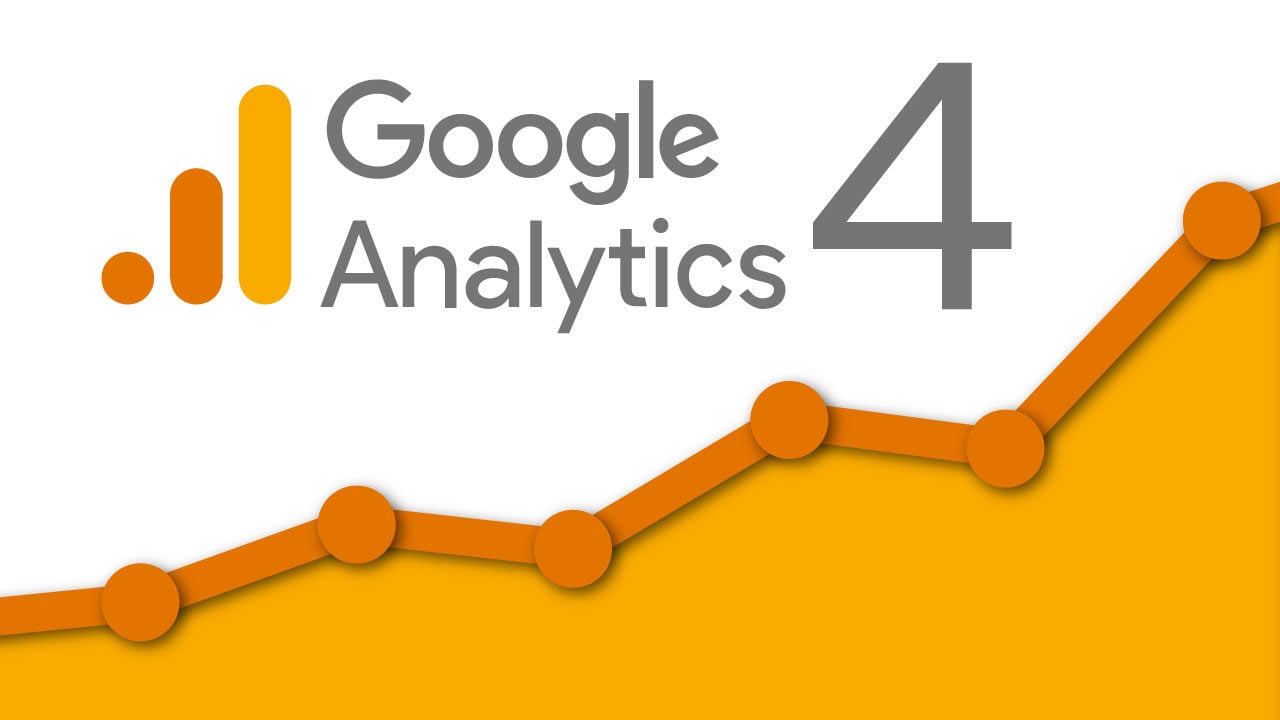Your questions answered - Drapers Inner Circle Summit
Last week, our team were at Drapers Inner Circle Summit, connecting with the UK's fashion retail leaders.
We also had a panel session where our SVP of Client Engagement, Steve Warrington, and Co-Founder & CPO, Drew Smith, discussed how retailers can move beyond campaign management and focus on the results that really drive growth, with fresh insights from our latest report with WBR Insights UK.
Here's what they wanted to know:
Given the depth of fashion inventories: colours, sizes, fits, how does Upp.ai ensure SKU-level ad spend actually aligns with supply and demand?
Our platform is built around understanding real-time demand in the market. Upp.ai connects Google’s live auction signals, enhanced with a retailer’s own channel sales data, plus hundreds of external demand indicators, creating a continuously updated picture of what’s in demand across the entire range, across variables such as size, colour, variant, etc. Even for retailers with millions of SKUs, Upp.ai calculates demand elasticity for every product, dynamically aligning ad spend with where the market is moving.
It adapts in real time:
- When demand is high and competition is intense, it invests efficiently to maintain share while protecting returns
- When demand is high and competition is low, it scales quickly to capture incremental growth.
- When demand is soft, it becomes selective, investing only in products that are commercially justified.
- This is all flexible, of course, and workflows are in place to be able to influence the investment in certain parts of the inventory to meet business needs, such as promotions, end-of-line clearance, new collection launches, etc
How do you educate executives on the nuances of AI?
We don’t teach the ins and outs of AI as technology to execs - unless they really want it. They don’t need to understand algorithms, but they need to understand how AI makes decisions, why it behaves the way it does, and what’s feeding it.
We usually start with their business. We’ll show them how AI impacts performance even before we start working together. For example, taking their range, often tens of thousands of SKUs across colour, size, and fit, and mapping how ad spend is currently distributed versus where real-time demand actually exists. And the symptoms of their behaviours that could be improved in an AI-led media environment.
It’s often new news in what we show them: products with strong intent and healthy stock that are left underfunded, others still receiving budget long after demand has cooled, and entire parts of the range that are invisible to the market, even though they may be in high demand with competitors maximising the opportunity.
Part of that initial exec engagement is how it starts to look like a new trading strategy, scaling when demand surges, protecting margins when competition tightens, and staying selective when the market softens. This mindset is key to their education.
We still explain the fundamentals of AI behaviour, of how Google’s AI and our AI learns, how it needs space to experiment to learn, and why it shouldn’t be managed like a traditional campaign. The real challenge is helping executives sponsor the behavioural changes required to let AI perform.
Right from the outset, it's often the case that the hardest lesson is that traditional retail instincts, which are invaluable in buying or merchandising, can unintentionally limit AI’s potential when applied to digital media. Part of our education is showing how the organisations that thrive are the ones willing to adapt the implicit retail instincts to the new realities of consumer behaviour and demand, in digital environments, when AI is using data to drive the best outcomes.
We deliver all of this from our C-suite and senior management to the retailers' exec level.
How quickly will AI be adopted in fashion, and what parts of the business will be impacted?
The plain truth is that it’s already pervasive, but just unevenly distributed, both across fashion businesses and across the commerce value chain within them.
You have leading brands like Shein and Nike, where AI is already embedded deep into core functions, such as design, logistics, marketing, and customer experience.
For everyone else, adoption will accelerate fast as the technology becomes more accessible, cheaper, and better.
Our AI Readiness Report highlights that the pace of adoption won’t be driven by capability, but by trust. It’s already in fashion businesses in the marketing space, where AI-led campaign types from Meta, TikTok, and Google have been running successfully for years.
Generative AI is already being used at a massive scale for creative production and visual editing, reshaping how brands test, adapt, and localise content. The next wave will see AI move upstream, influencing pricing, product strategy, and supply decisions as businesses realise the same intelligence that optimises media can also optimise margin.
How does this work if you are fully outsourced with an agency, and clients wish to use Upp.ai?
Upp.ai is directly substitutive for the management of PMax, that’s the part our AI fully automates. Agencies continue to plan, brief, and activate across channels, while Upp.ai ensures every SKU is optimised in real time, aligned to both market demand and the brand’s commercial priorities.
Our view is that no amount of human resources, however talented, can manage thousands or millions of SKUs at the speed and precision required for AI-led campaigns such as Google’s PMax. Therefore, we remove the operational part of the agency media management, which should mean a cost saving in billable hours paid to the agency.
We work collaboratively with agencies and retailers to ensure AI-led media performance reflects business goals, not just ROAS. And because we operate closely with trading and commercial teams, we’re often part of conversations that go beyond media. Correct performance measurement is key, and ensuring the technology serves the broader commercial strategy.
We have thousands of SKUs with seasonality, size curves and trend shifts - how does your AI prioritise what should be promoted at any given time?
Our platform is built around understanding real-time demand in the market, so irrespective of retail sector, our AI connects Google’s live auction signals, enhanced with a retailer’s own channel sales data, plus hundreds of external demand indicators, creating a continuously updated picture of what’s in demand across the entire range, across variables such as size, colour, variant, etc.
Importantly, we take your historic context and factor in how changes that have impacted your business for years need to be accounted for in our management of your Google advertising.
Even for retailers with millions of SKUs, our AI calculates demand elasticity for every product, dynamically aligning ad spend with where the market is moving. We often see trends before the business knows about them.
It adapts in real time:
- When demand is high and competition is intense, it invests efficiently to maintain share while protecting returns
- When demand is high and competition is low, it scales quickly to capture incremental growth.
- When demand is soft, it becomes selective, investing only in products that are commercially justified.
- This is all flexible, of course, and workflows are in place to be able to influence the investment in certain parts of the inventory to meet business needs, such as promotions, end-of-line clearance, new collection launches, etc
Is there a critical mass of data required for AI to provide meaningful outputs rather than providing misleading insights?
For our system, the data signals we require are driven by three things: the number of products in the range, the level of investment to support them in Google’s PMax, and the flow of conversions that are happening that feed back into the AI. Those factors together determine how quickly the AI can learn patterns of demand, competition, and probability that are aligned to commercial needs.
So yes, a certain mass is needed, not to make our AI function, but to accelerate time to value. The richer the data environment, the faster the system learns, optimises, and scales to the opportunities that are not maximised by the paid media practitioners.
We work with agencies and internal performance teams. How does Upp.ai integrate with or replace that structure?
Upp.ai is directly substitutive for the management of PMax, that’s the part our AI fully automates. Agencies continue to plan, brief, and activate across channels, while Upp.ai ensures every SKU is optimised in real time, aligned to both market demand and the brand’s commercial priorities.
Our view is that no amount of human resource, however talented, can manage thousands or millions of SKUs at the speed and precision required today for AI-led campaigns such as Google’s PMax. Therefore, we do remove that operational part of the agency media management. Which should mean a cost saving in billable hours paid to the agency.
We work collaboratively with agencies and retailers to ensure AI-led media performance reflects business goals, not just ROAS. And because we operate closely with trading and commercial teams, we’re often part of conversations that go beyond media. The key is the correct performance measurement and ensuring the technology serves the broader commercial strategy.
Would you recommend using AI from day one, where there is no historical information, so it can learn as the business grows?
It really depends on the use case and how quickly the AI can demonstrate value in commercial terms. Whether that’s operational efficiency, topline growth, or profit improvement, the key is how fast those results can be proven and sustained within a reasonable timeframe. The quicker that happens, the easier it becomes to apply AI to areas where there isn’t much historical data.
Although part of our data enrichment process, the Upp.ai system doesn’t rely on years of history to be effective. It learns from Google’s ecosystem and from the live signals we feed in from the wider commerce market, and can quickly determine whether a product is commercially valuable to the retailer and align spend accordingly with demand.



